Mercury, the innermost planet of our solar system, is a small yet fascinating world packed with geological secrets. Formed over 4.5 billion years ago, Mercury likely experienced a violent beginning – possibly struck by a massive body that stripped away much of its crust, leaving behind a dense metal-rich core and a thin silicate mantle.
This early trauma may be what makes Mercury so intriguing today when we talk about space mining and the potential for off-world resource utilization. Despite being a hostile environment due to its closeness to the Sun, Mercury’s unique geology and location make it a planet of interest for future mining missions. Recent discoveries suggest it may house a wealth of valuable resources — some deeply buried, others hidden in craters or infused within its crust.
Mercury’s Formation and Geologic Structure
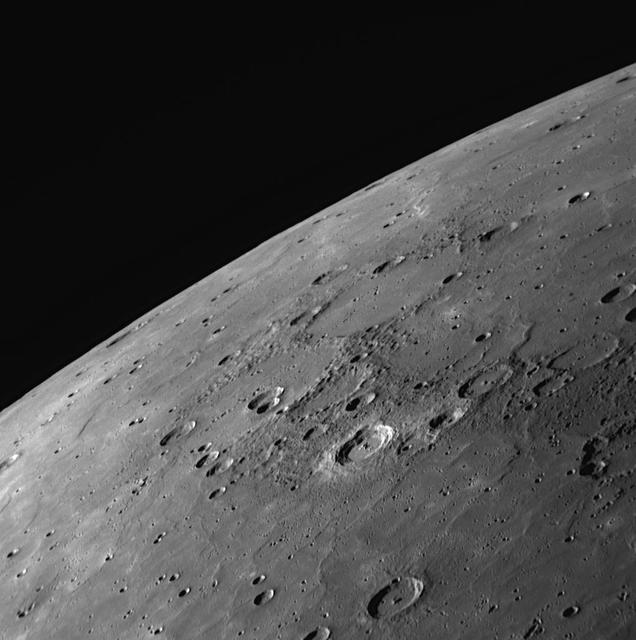
Mercury’s high density and relatively small size strongly suggest that it is composed predominantly of metal. It has an unusually large iron core, making up around 85% of the planet’s radius, which dwarfs the proportion found in Earth or Mars. This core is surrounded by a relatively thin silicate mantle and crust, the remnants of what was once a much thicker rocky exterior. One prevailing theory is that a massive impact early in Mercury’s formation may have stripped away much of its outer layers, leaving behind a metal-dominated planetary body.
Data from NASA’s MESSENGER mission revealed that the planet’s crust is unexpectedly rich in volatile elements like sulfur, sodium, chlorine, and potassium. These elements typically boil away at high temperatures, so their presence on Mercury suggests a very unusual planetary formation and cooling process. This has led researchers to believe that Mercury may have formed in a region or under conditions that preserved these lighter components, giving scientists valuable insight into the early solar system.
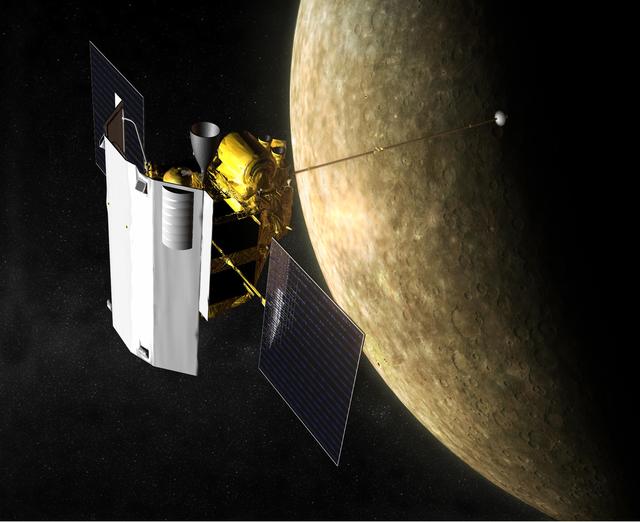
Furthermore, it’s widely believed that Mercury once had a global magma ocean. As this ocean cooled, lighter materials like graphite floated to the surface, forming a primordial crust. Over time, impacts, tectonic activity, and possibly volcanic resurfacing may have buried or altered these surface materials. Some of that graphite (especially if buried under high pressure) may have been transformed into more exotic forms, including diamond, deep within the mantle.
All of this makes Mercury not only geologically unique but also a potential goldmine of scientific and economic value in the context of space mining.
What Resources Could Be Found on Mercury?
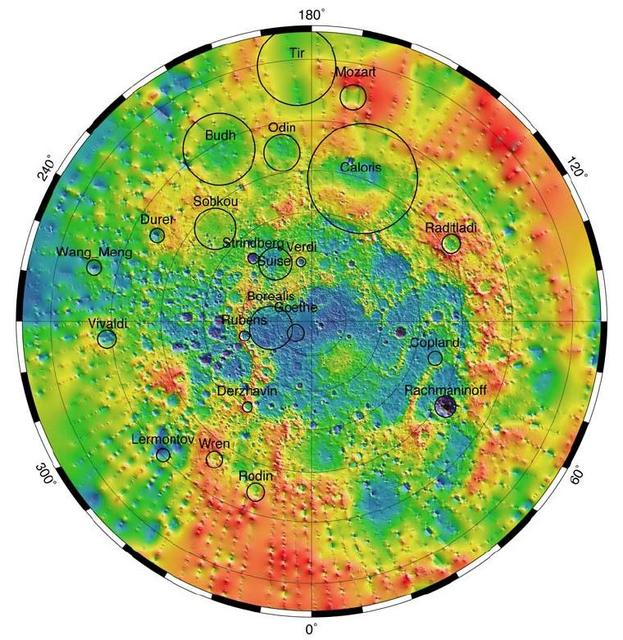
From metallic riches to solar energy, Mercury offers a variety of potential resources that could fuel future space missions and off-world industry. Here’s a breakdown of what we might find beneath — and on — its surface:
1. Metals and Heavy Elements
Mercury’s proximity to the Sun meant it formed in a region where temperatures were too high for lighter elements to condense. As a result, its composition is metal-rich, with an abnormally large iron core and a crust enriched in heavy elements. The crust and mantle likely contain high concentrations of iron, nickel, sulfur, and silicate-bound metals like chromium or magnesium.
These materials are essential for constructing tools, habitats, and propulsion systems in space. Some scientists argue that Mercury may be the major source of metallic elements in the inner solar system, particularly for future off-Earth manufacturing bases that could reduce reliance on terrestrial resources.
2. Diamonds
A 2024 study using MESSENGER data proposed that Mercury might host a 10-mile-thick layer of diamond beneath its crust, created under enormous internal pressure. Mercury’s surface graphite, a leftover from its ancient magma ocean, could have been buried and subjected to conditions exceeding 7 gigapascals and 2,000°C, triggering a transformation into diamond. While these diamonds lie hundreds of kilometers below the surface, far beyond the reach of current or near-future mining technology, the finding underscores how Mercury’s extreme environment could generate rare and high-value materials.
3. Helium-3 and Solar Wind Elements
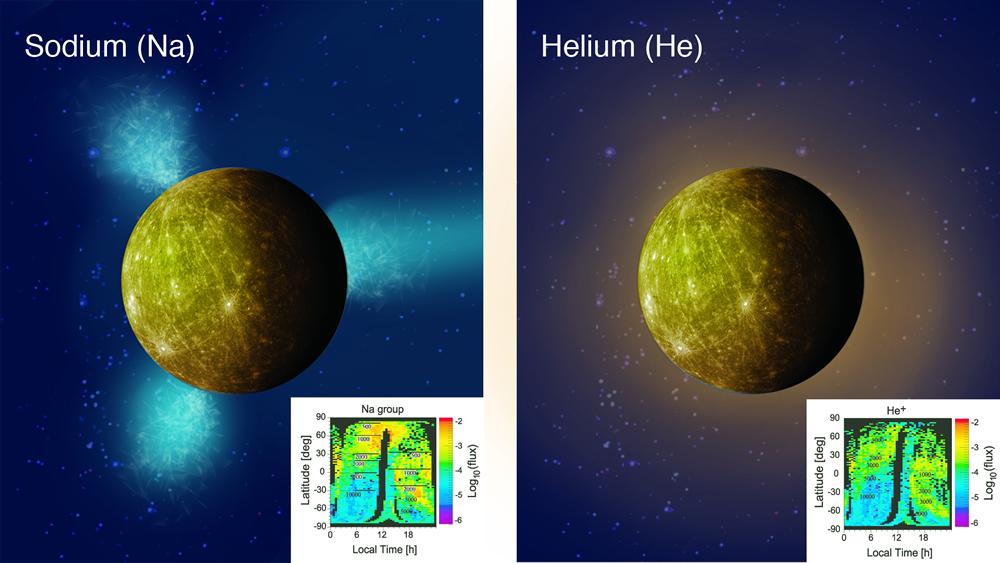
Due to the lack of an atmosphere and magnetic shield, Mercury is constantly bombarded by the solar wind. This enables helium-3, a rare and non-radioactive isotope of helium, to become implanted into the regolith. Helium-3 is being researched as a clean energy source for nuclear fusion, and Mercury’s exposure to intense solar wind could make it a richer source than the Moon.
Additionally, other solar wind elements like hydrogen and possibly carbon may accumulate in surface materials, presenting further opportunities for in-situ resource utilization.
4. Water Ice and Volatiles
You’ve probably heard of ice deposits on Mars, but did you know that Mercury, even if it’s so close to the Sun, has them as well? Surprisingly, Mercury’s poles host permanently shadowed craters where sunlight never reaches, allowing water ice to persist despite searing daytime heat elsewhere. These cold traps may also contain salt-rich glaciers, where salts help stabilize and preserve trapped volatile compounds like water, carbon dioxide, and possibly ammonia or methane. These volatiles are crucial for future missions — they could be refined into drinking water, breathable air, or rocket fuel.
Moreover, the discovery of these materials implies that Mercury’s subsurface may offer localized, sheltered environments, useful for robotic or even future human explorers.
5. Solar Energy
Though not a physical resource to be extracted, Mercury receives over six times more solar energy per square meter than Earth, making it a prime candidate for solar-powered mining infrastructure. This energy can drive smelting processes, support autonomous operations, or even power electromagnetic launch systems (mass drivers) to send refined materials into orbit. The planet’s slow rotation (fun fact: a day on Mercury lasts 176 Earth days) allows for predictable and prolonged exposure to sunlight, which could be harnessed with mobile solar arrays that track the Sun’s movement.
Challenges of Mining Mercury
Mining Mercury would come with a unique set of technical, environmental, and logistical challenges.
Extreme Temperatures
Mercury’s surface experiences the widest temperature swings in the solar system — from -170°C at night to 430°C during the day. These extremes would require any robotic or human operation to include advanced thermal shielding, heat management systems, and possibly mobile mining stations that move with the terminator (the line between night and day) to avoid overheating.
Radiation and Solar Exposure
With no atmosphere or magnetic field to shield it, Mercury is bombarded by solar radiation and cosmic rays, making workplace exposure limits critical to define in any future planning. Prolonged 3Hg exposure or radiation-induced material degradation would threaten equipment and health. Protection strategies could involve underground shelters or deploying mining during Mercury’s “night.”
Accessibility and Launch Costs
Mercury is deep within the Sun’s gravity well, which makes the transport of mercury resources back to Earth or other space habitats energy-intensive. Even though the planet has low gravity (38% of Earth’s), emissions of mercury, resource containers, or structures would require significant fuel and carefully planned trajectories.
Toxicity and Environmental Concerns
Mercury, the element, is toxic — and it’s important to separate the planet’s name from the different forms of mercury we encounter on Earth. However, elemental mercury and metallic mercury could be present in trace amounts within Mercury’s surface rocks or ores. If disturbed during mining or processing, they could vaporize under the planet’s extreme heat and contaminate enclosed mining systems.
This is not just a theoretical concern. Mercury contamination is a major issue on Earth, with the United States Environmental Protection Agency regulating it due to the risks it poses to human health and aquatic ecosystems. Mercury can exist in different states – solid, liquid, and gas, and its vapor pressure increases with temperature, making it prone to forming dangerous gases in hot conditions like those on Mercury.
Improper handling could lead to dangerous mercury releases into mining bases or transport vessels, especially if internal systems aren’t sealed or pressure-regulated. The gas phase elemental mercury produced could enter air filtration systems or storage tanks, contaminating breathable environments. These risks make workplace exposure limits, decontamination protocols, and real-time monitoring critical in future operations.
Space engineers would also need to consider the behavior of mercury in environmental compartments under low gravity and vacuum conditions, which are still poorly understood. Chronic exposure to mercury vapor or fine dust could become a public health concern for any long-term missions. That’s why studying the cycling of mercury on Earth — including how it moves between land, water, and air — is essential before we ever touch a shovel on Mercury.
Engineering in Hostile Conditions
Mining operations on Mercury would face mechanical challenges due to cycling of mercury (from solid to vapor under extreme heat), dust abrasion, and micrometeorite impacts. Equipment would need to handle gas phase elemental mercury in sealed systems and be robust against the atmospheric mercury levels (even though Mercury technically lacks an atmosphere, released gases could cause localized “exospheres” around machinery).
The management of environmental compartments in such missions (sealed areas for living, processing, or storage) will be critical. As mentioned above, chronic exposure to volatile elements and dust could pose serious public health concerns, even in automated systems that might one day serve as precursors to human presence.
Learning from Earth’s Mercury Problems
While Mercury the planet offers promising opportunities for space mining, it also reminds us of challenges we face here on Earth, especially with mercury, the element. On Earth, mercury is a known anthropogenic source of pollution. It’s used in various technologies and industries, from fluorescent lamps to chemical manufacturing, and has long-lasting effects on aquatic systems, aqueous systems, and even upper ocean layers.
Because of its toxicity, exposure to methylmercury through fish consumption, especially during pregnancy, is linked to serious developmental issues. Prenatal methylmercury exposure remains a public health concern. The United States and other countries have implemented strict guidelines to control mercury pollution and protect human health.
This is an important context for future missions. If metallic mercury or elemental mercury exists on Mercury and is disturbed during mining, we could face similar risks in space, especially if we plan to recycle or process these materials in enclosed environments. Learning from the Earth’s Mercury Fate and Transport studies will help us design better handling systems, manage mercury releases, and reduce contamination risks to equipment, astronauts, or future habitats.
In short, understanding how mercury behaves in Earth’s environmental compartments gives us a head start in anticipating how to safely manage it in space. Even though the names are coincidental, the connection is real, and lessons from Earth could make mining on Mercury safer and more sustainable.
Spotlight on BepiColombo
A key mission helping us get closer to that future is BepiColombo, a joint effort by the European Space Agency (ESA) and the Japan Aerospace Exploration Agency (JAXA). Launched in 2018 and expected to arrive at Mercury in 2025, BepiColombo consists of two orbiters: one focused on the planet’s surface and internal structure, and the other on its magnetosphere and solar wind interactions.
Its instruments will analyze Mercury’s geology, topography, composition, and space environment in more detail than ever before. These insights will build upon the discoveries made by NASA’s MESSENGER mission and could help scientists evaluate which regions of Mercury are most promising for future resource extraction, from metal-rich basins to ice-filled craters.
The mission’s findings may be key to assessing the technical feasibility, risks, and benefits of space mining on Mercury.
Is Mercury Worth Mining?
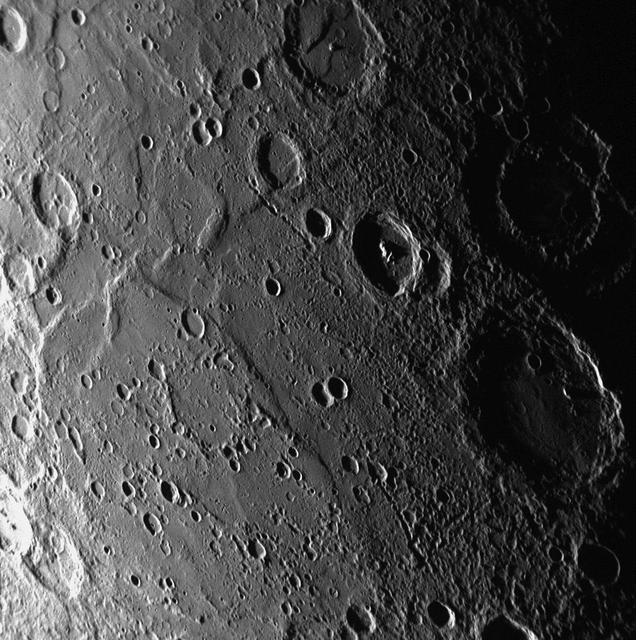
Mercury presents an exciting but daunting opportunity. Its wealth of metals, solar energy, helium-3, and even water ice makes it a strong candidate for long-term space mining, but only when our technology catches up. The emission of mercury, extreme conditions, and the difficulty of reaching the planet make it a distant target, perhaps better suited for robotic precursors or autonomous mining machines.
Still, Mercury has a role to play in the future of space infrastructure. Mining it could eventually reduce dependency on Earth-based resources, support lunar or Martian colonies, or even supply materials for orbital manufacturing. If you’re curious about the science of mining beyond Earth, or what it takes to explore a place as extreme and unique as Mercury, stay tuned. The solar system’s smallest planet may one day offer big rewards.